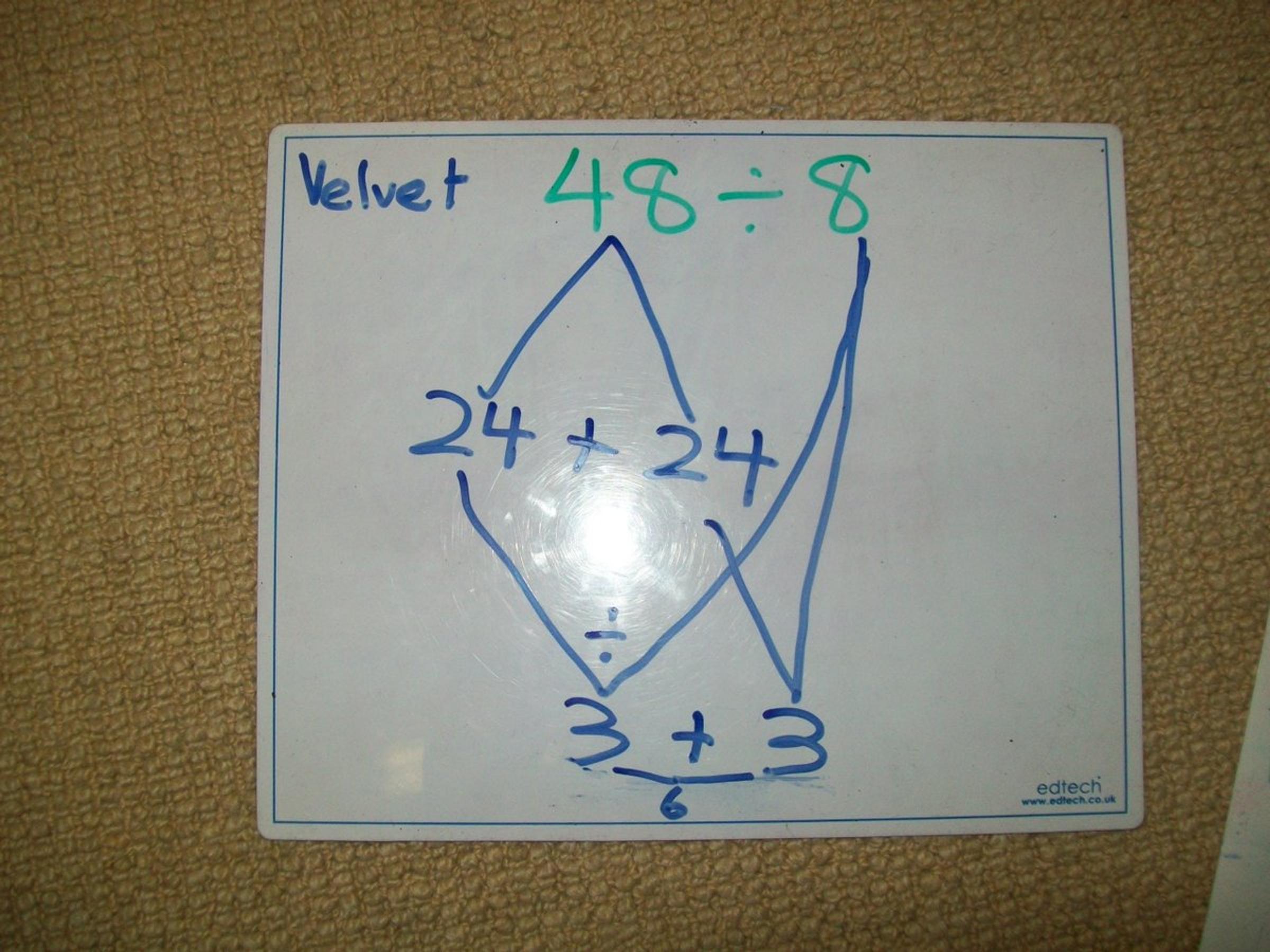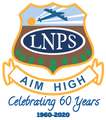Maths - Term 3

Maths in Fisher
In Maths, we will continue our focus on understanding number - written and mental strategies for calculating + - x ÷ facts. We will also be extending our focus to work with fractions, location and mapping, time, geometry and measurement.
By the end of Year 3, students identify symmetry in the environment. They match positions on maps with given information. Students recognise angles in real situations. Students use metric units for length, mass and capacity. They tell time to the nearest minute. Students make models of three-dimensional objects.
By the end of Year 4, students recognise common equivalent fractions in familiar contexts and make connections between fraction and decimal notations up to two decimal places. Students compare areas of regular and irregular shapes using informal units. They solve problems involving time duration. They interpret information contained in maps. Students locate familiar fractions on a number line. Students use scaled instruments to measure temperatures, lengths, shapes and objects. They convert between units of time. Students create symmetrical shapes and patterns. They classify angles in relation to a right angle.
By the end of Year 5, students compare and interpret different data sets. Students order decimals and unit fractions and locate them on number lines. They add and subtract fractions with the same denominator. Students continue patterns by adding and subtracting fractions and decimals. Students use a grid reference system to locate landmarks. They measure and construct different angles. Students list outcomes of chance experiments with equally likely outcomes and assign probabilities between 0 and 1. Students pose questions to gather data, and construct data displays appropriate for the data.
